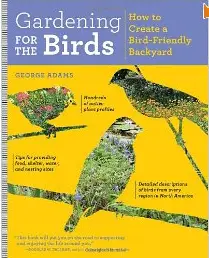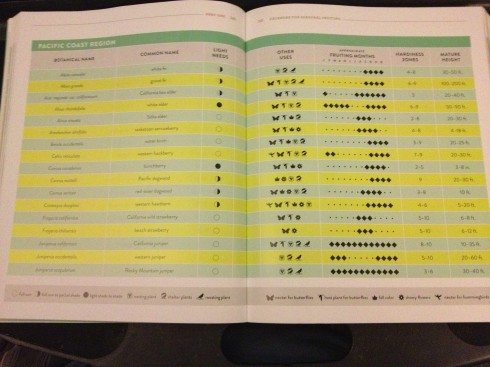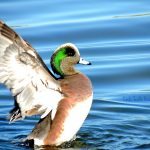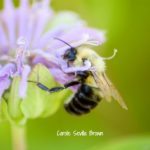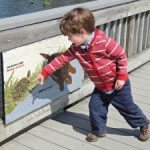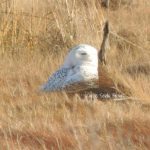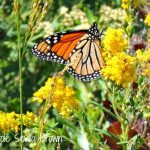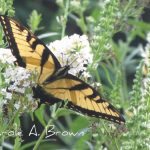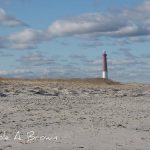Gardening for the Birds: How to Create a Bird-Friendly Backyard, by George Adams (Timber Press) is one of those books. It’s a must-read for any wildlife gardener who is interested in attracting more birds to their gardens.
This is the 5th updated and revised edition of this book, and with each new edition George Adams has amazed me with his attention to detail and wealth of information he provides. Just when I think it can’t get any better, Adams manages to prove me wrong.
The first edition appeared in 1998 and was called Birdscaping Your Garden: A practical Guide to Backyard Birds and the Plants That Attract Them (Rodale Books), and I still have a very dog-eared copy of that volume in a place of honor on my bookshelves.
I was given a review copy of the new edition of Gardening for the Birds: How to Create a Bird-Friendly Backyard by American Gardener, who asked me to write a review for an upcoming edition of this magazine.
But I am so excited about this book that I wanted to share it with you, too.
If you want to attract a favorite bird to your garden, you’ll want to first learn more about the bird. Find out where it lives, nests, or winters in your area, or whether it passes through during spring and fall migration. If the bird spends at least some time each year in your locale, you’ll want to discover its favorite plants for food and shelter. ~George Adams
You can approach this task of learning more about the bird in two different ways using this book. First, there’s a whole section called the Bird Directory where Adams describes the life history, feeding, and nesting habits of a large selection of North American garden birds.
You can use this section to find out what your favorite birds need for food, space, and shelter and then go about adding these specific elements to your garden.
OR you can use the planting calendars that are the highlight of this book for me.
The best part about Gardening for the Birds is the plant charts, which are divided into different regions so that you can find the best native plants to attract birds in your region. The planting charts are calendars which show which month a particular plant blooms or has fruit, the color of the flower, sunlight needs, water needs, and wildlife value.
The planting charts include: the calendar for hummingbird and butterfly flowers, the calendar for fruiting trees and shrubs, and the calendar for wildflowers. And each of these calendars is divided into different regions of the US.
Want a white flower that blooms in June? Or a purple flower that blooms in September? Using these calendars will help you plan a year-round bird garden that provides food, shelter, and nesting habitat during each season of the year.
In addition to the planting charts, there’s another section of the book called the Plant Directory.
In this section, Adams discusses in detail many different families of plants and their value to different species of birds. For example, we learn from the Prunus section (Wild cherries and plums) that there are 30 native species of Prunus in the US, and 84 species of birds feed on these fruits.
After a general discussion of each family of native plants, George Adams then lists the species in that family that provide the best value for attracting birds.
So pick up a copy of Gardening for the Birds: How to Create a Bird-Friendly Backyard, by George Adams and start planning how you will Birdscape your wildlife garden so that you will attract lots of beautiful birds all year round.
Timber Press is giving away several copies of this book as part of a celebration for the launch of this new edition.
My team mate Debbie Roberts at Native Plants and Wildlife Gardens has also recently written a review of Gardening for the Birds, which you can check out for a different take on this book.
More From Ecosystem Gardening:
Submit your review | |

